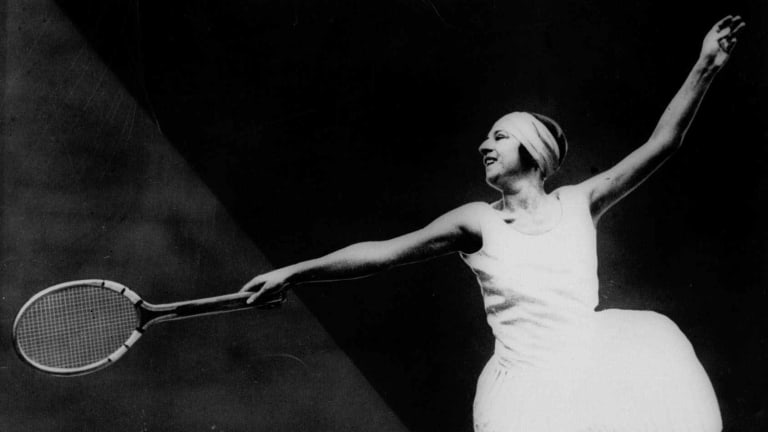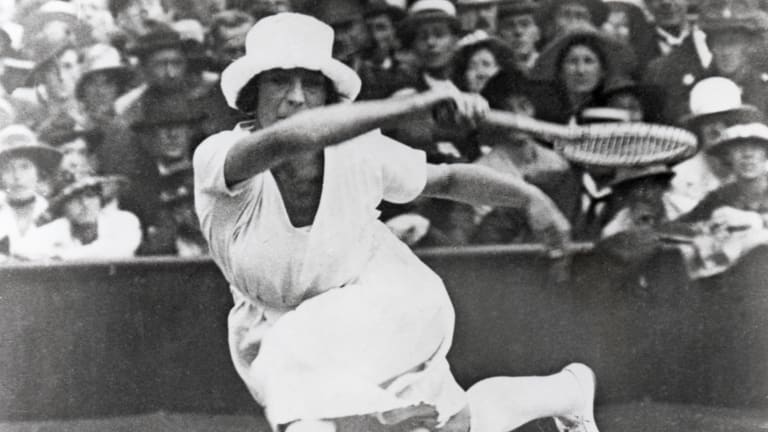Remembering Suzanne Lenglen, who—yes—never competed at Roland Garros
By May 24, 2020Gauff reaches Stuttgart quarterfinals with win over Vickery. Sabalenka also advances
By Apr 17, 2024WTA Stuttgart, Germany
Aryna Sabalenka wins bestie battle against injured Paula Badosa in late-night Stuttgart match
By Apr 17, 2024Style Points
Look of the Week: Zendaya aces two looks for Challengers premiere, Venus, Genie & more hit LA red carpet
By Apr 17, 2024Good Trouble with Nick Kyrgios
Naomi Osaka reflects on the lessons of her past, the reality of her present and hopes for the future
By Apr 17, 2024WTA Stuttgart, Germany
Coco Gauff rallies in first clay match of 2024, defeats Sachia Vickery in Stuttgart
By Apr 17, 2024Nadal loses to De Minaur in second round at Barcelona. Spaniard had returned from injury layoff
By Apr 17, 2024ATP Barcelona, Spain
Rafael Nadal bows out of 2024 Barcelona, loses second round to Alex de Minaur
By Apr 17, 2024Social
“Lucky charm” Ons Jabeur snaps five-match losing streak in Stuttgart
By Apr 17, 2024Pop Culture
Zendaya wants to meet Coco Gauff, while her grandma is 'so excited' for 'Challengers'
By Apr 17, 2024Remembering Suzanne Lenglen, who—yes—never competed at Roland Garros
On what would have been the first day of the French Open, we celebrate the birthday of Suzanne Lenglen, tennis' original star attraction. Born in Paris in 1899, she died in the same city at just 39.
Published May 24, 2020
Advertising

Remembering Suzanne Lenglen, who—yes—never competed at Roland Garros
© ASSOCIATED PRESS
Advertising

Remembering Suzanne Lenglen, who—yes—never competed at Roland Garros
© Getty Images
Advertising

Remembering Suzanne Lenglen, who—yes—never competed at Roland Garros